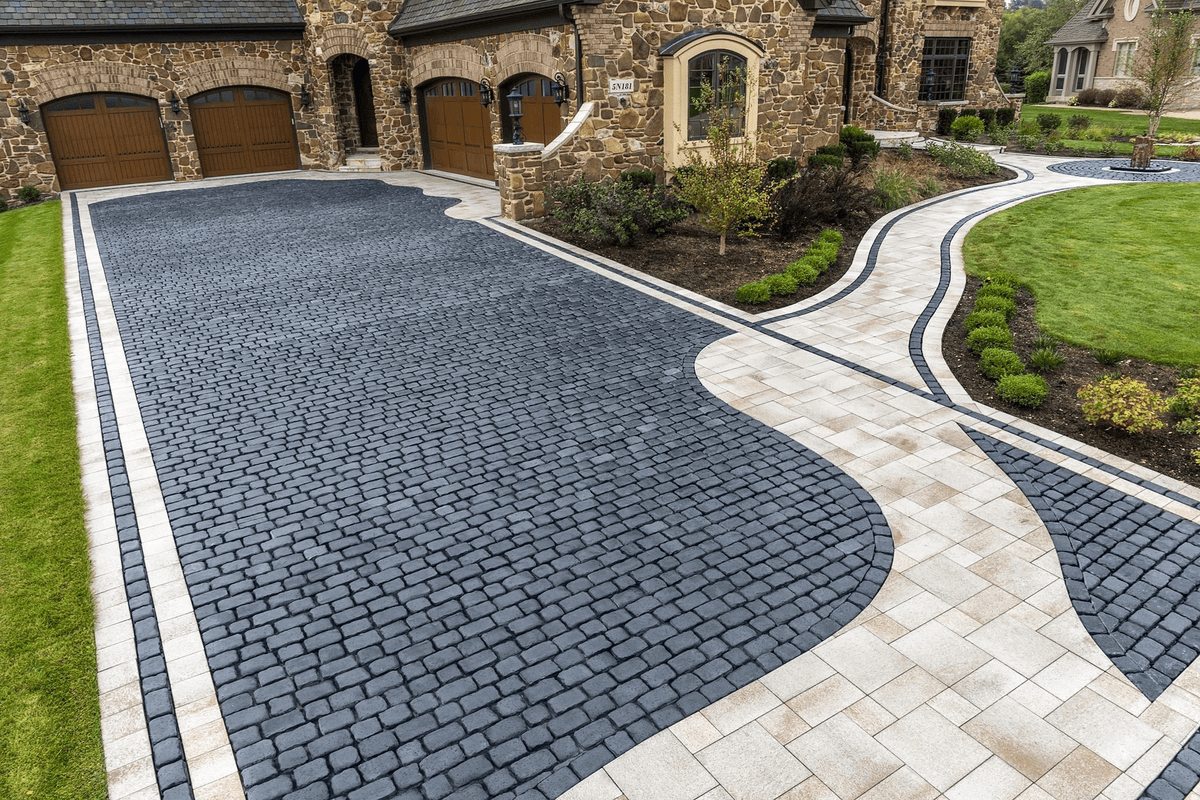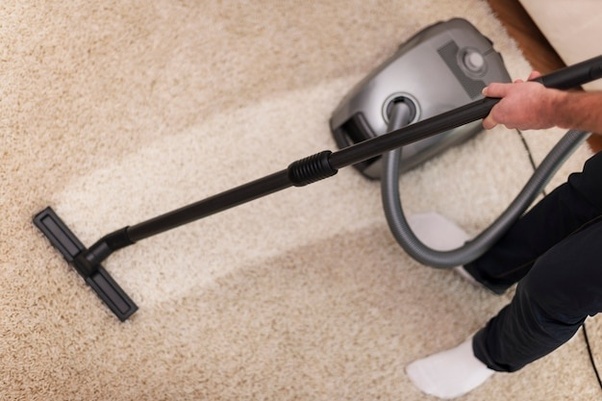Paving your walkways is not just about enhancing the appearance of your property. It is a critical step in improving the durability and functionality of paths that experience regular foot traffic. A well-paved walkway can significantly extend its lifespan, reduce maintenance costs, and enhance safety. Let’s explore how paving improves the longevity of your walkways, the benefits it offers, and why it’s a wise investment for any property owner.
Protection from Natural Elements
Walkways are constantly exposed to various weather conditions such as rain, snow, sunlight, and temperature fluctuations. Without proper paving, these natural elements can cause wear and tear, leading to cracks, erosion, and even structural damage.
For example, during the rainy season, unpaved paths are prone to water accumulation, which can weaken the soil beneath, leading to sinkholes or uneven surfaces. In the winter, water that seeps into the ground can freeze and expand, causing cracks and damage to the surface. By paving your walkway, you create a protective layer that shields the underlying material from water damage, erosion, and freeze-thaw cycles.
Prevention of Erosion
Erosion is one of the main threats to the longevity of unpaved walkways. Over time, rainwater and foot traffic can cause the ground to wear away, leading to uneven surfaces, potholes, or gullies. Paving prevents this by providing a stable, durable surface that resists erosion. This means that paved walkways are less likely to become uneven or develop dangerous tripping hazards, which also reduces the need for frequent repairs.
A well-installed paved walkway can last for years without showing significant signs of wear. In contrast, an unpaved path might require regular maintenance or regrading due to erosion. This makes paving a cost-effective solution in the long term.
Increased Load-Bearing Capacity
Paving materials such as concrete, asphalt, or pavers are specifically designed to withstand the load of foot traffic, bicycles, and even vehicles if necessary. These materials are much stronger than the natural soil or gravel, which can compress under weight, leading to uneven surfaces.
With a paved surface, the load is distributed more evenly across the walkway, preventing depressions or ruts from forming. This ensures a smoother, more stable walking surface that can handle daily use without significant degradation over time. In this way, paving enhances the durability of your walkways, allowing them to remain functional for longer.
Enhanced Drainage Systems
One of the biggest problems for walkways is poor drainage. Without proper water management, excess water can pool on the surface, leading to cracks, algae growth, and slippery conditions. Paved walkways can be designed with effective drainage systems that channel water away from the surface, preventing damage.
Many paving options, such as permeable pavers, are designed to allow water to pass through, reducing runoff and minimizing the risk of flooding. Additionally, incorporating proper slopes during installation ensures that water flows away from the walkway, reducing the likelihood of pooling and increasing the lifespan of the surface.
Reduction in Weeds and Root Damage
An unpaved walkway can quickly become overrun with weeds or plant growth, leading to unsightly and unsafe surfaces. Over time, the roots of nearby trees or plants can grow underneath the walkway, causing it to buckle or crack. This can create hazardous walking conditions and reduce the overall lifespan of the path.
By paving your walkway, you create a solid barrier that prevents weed growth and minimizes root intrusion. Some paving materials, such as concrete or interlocking pavers, can be installed with root barriers to provide an additional layer of protection. This prevents the need for frequent weeding or repairs due to root damage, ensuring a longer-lasting walkway.
Resistance to Staining and Wear
Unpaved walkways are more susceptible to staining and wear from dirt, mud, and other debris. Over time, these materials can accumulate on the surface, leading to discoloration and deterioration. Paving materials, on the other hand, are resistant to staining and wear, making them easier to clean and maintain.
For instance, concrete and asphalt can be sealed to protect against stains, while pavers can be easily replaced if a section becomes damaged or stained. This not only keeps the walkway looking clean and well-maintained but also extends its lifespan by preventing surface deterioration.
Improved Aesthetic Appeal and Property Value
While functionality is the primary reason for paving walkways, the aesthetic benefits should not be overlooked. A well-paved walkway enhances the visual appeal of your property, creating a more polished and professional look. This not only improves your home’s curb appeal but also increases its overall value.
Walkways made from materials like brick, natural stone, or decorative concrete can add a unique, attractive element to your landscape. Additionally, paving allows you to choose from a variety of colors, patterns, and textures, giving you the flexibility to create a design that complements your home’s architecture and landscaping. An aesthetically pleasing walkway is less likely to need frequent updates, which adds to its longevity.
Reduced Maintenance Costs
One of the key benefits of paving is the reduction in maintenance costs over time. Unpaved walkways require regular attention to fix issues like erosion, uneven surfaces, and plant growth. Paved walkways, however, are much more durable and require far less maintenance. Occasional cleaning, sealing, or minor repairs are usually all that’s needed to keep a paved walkway in good condition.
In the long run, investing in a paved walkway can save you money on costly repairs and maintenance. The initial cost of installation is often outweighed by the long-term savings from reduced upkeep and extended durability.
Conclusion
Paving your walkways is an investment in both aesthetics and functionality. By protecting the path from natural elements, preventing erosion, and enhancing its load-bearing capacity, you can significantly extend the lifespan of your walkways. Moreover, the enhanced drainage, resistance to weed growth, and reduced maintenance needs make paving a smart choice for any property owner. Not only does it improve the longevity of your walkways, but it also adds to the value and beauty of your home.




